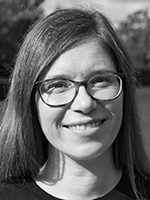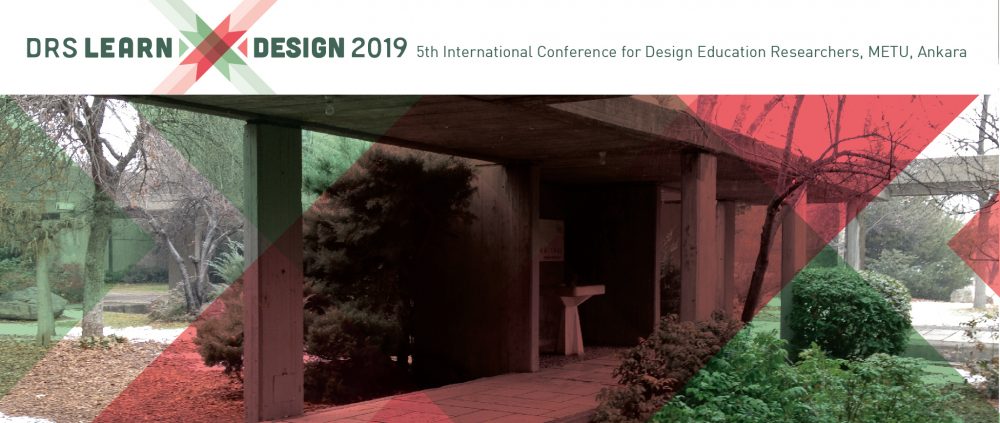Track 01. ALTERNATIVE STUDIOS
Co-chairs


Derek Jones, Senior Lecturer in Sustainable Design, The Open University, UK
Nicole Lotz, Senior Lecturer in Design, The Open University, UK
Contemporary higher design education is making increasing use of online, digital and distributed studios to augment, or even replace, physical (or proximate) studio space. In part this is due to increasing pressures on resources but it is also in response to increasing professional and practical uses of online and digital tools. Both have been enabled by developments in online technologies and their associated adoption as broader socio-technical tools. The body of scholarship and knowledge around such ‘alternative studios’ has grown steadily but slowly over the past decades. Very often it is scholarship, small-scale projects, and case study-based work that contributes knowledge. Whilst this is valuable, especially to practitioners and teachers, it can often be at the expense of studying deeper ideas and themes. In particular, basic questions around how alternative studio pedagogy differs (if at all) from proximate studio pedagogy, are very often answered superficially or not addressed at all. This track proposes to bring together researchers, practitioners and educators involved in alternative studios to share knowledge, cases and consider deeper themes of these as a pedagogical mode in art, design, architecture and engineering education. This will be one of the earliest gatherings of experts to focus only on alternative studios as a specific mode of design education and a further intention would be to initiate the emergence of an international community whose interests centred around this particular research area. This track would like to explore, but is not limited to, the following topics:
- Review of definitions (or frameworks) and meanings of alternative studio ‘spaces’, for example: proximate, physical, virtual, online, distance, social, dispersed, mobile, etc.
- Studies and work on the differences and similarities between proximate and virtual studios.
- Research into the affordances and affect in online and distance studios.
- Intersections between social media technologies and online studios.
- The boundaries of what an online studio is –technically, socially, professionally, and educationally.
- Theories of the pedagogy of alternative studios.
- Scholarship of alternative studios: case studies; learning and teaching design; practice based theory(ies).
- Intersections between professional and educational online and distance studios –similarities, differences, modes and methods.
- Alternative studio modes and uses with a relevance to design pedagogy and practice or studio theory.
Bibliography
Arvola, M. and Artman, H. (2008). Studio life: The construction of digital design competence. Digital Kompetanse, 2008-2, Vol. 3, 78–96.
Broadfoot, O. and Bennett, R. (2003). Design studios online?: Comparing traditional face-to-face design studio education with modern internet-based design studios. In N. Smythe (Ed.), Proceedings of the Apple University Consortium Academic and Developers Conference: Digital Voyages (pp. 9-21).
Crowther, P. (2013). Understanding the signature pedagogy of the design studio and the opportunities for its technological enhancement. Journal of Learning Design, 6(3), 18-28.
Kvan, T. (2001). The pedagogy of virtual design studios. Automation in Construction, 10(3), 345-353.
Little, P. and Cardenas, M. (2001). Use of “studio” methods in the introductory engineering design curriculum. Journal of Engineering Education, 90(3), 309-318.
Robbie, D. and Zheng, L. (2012). Flickr: Critique and collaborative feedback in a Design Course. In C. Cheal, J. Coughlin and S. Moore (eds.), Transformation in Teaching: Social Media Strategies in Higher Education (pp. 73-91). California: Informing Science Press.
